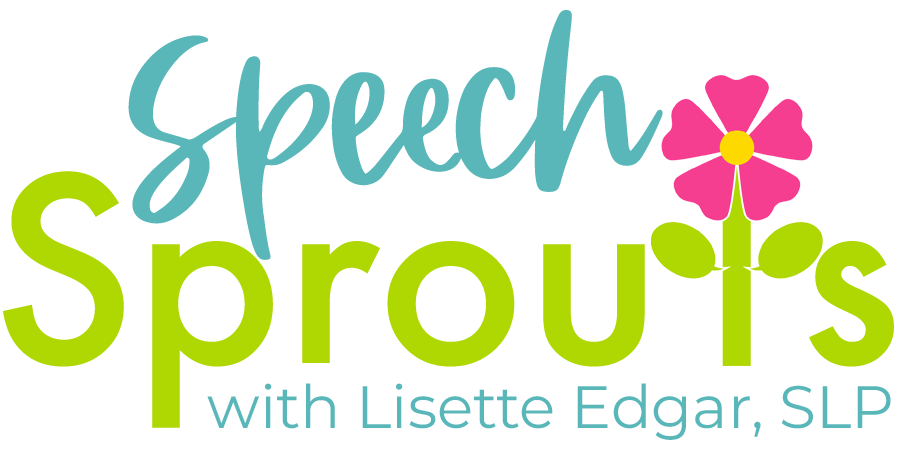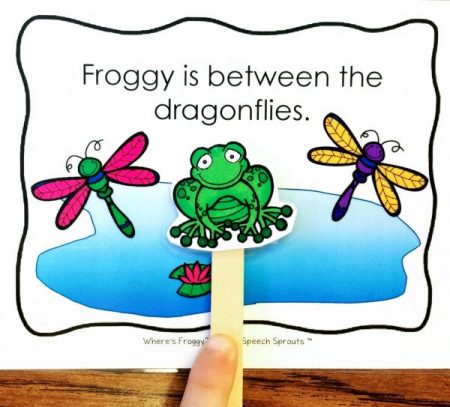
10 Tips for Conquering the Dreaded Speech Therapy Schedule
Making your beginning of the year speech therapy schedule?

Did I hear a deep collective SLP sigh on that one? It’s a task many of us dread. I cringe a bit thinking about getting started on it. Ok, a lot. I would rather find a million other things to do.
Scheduling can feel like a frustrating game of Tetris.
Trying to fit all those students of different sizes and configurations in just the right place to suit their needs, their teacher’s needs, and your availability can drive you nutty.
You may need a lot of caffeine and will probably get plenty of steps in while you are running around campus trying to work out all the kinks. It can be a crazy process. How can you make it a little easier?
Here are 10 tips on how to conquer that crazy schedule:
1. Check with your principal (or principals) before you get started.
Let them know how many children you will be scheduling, and any restrictions on your availability. Ask if they have any parameters you need to work with. For instance, for pull-out services, are there certain times or classes they don’t want you pulling from? For in-class services, are they good with you going in during language arts or social studies?
It really helps to have your principal’s support as you discuss scheduling with teachers. Then, if you find a teacher reluctant to let you schedule her student at a particular time, you can say…. “The principal said…”
2. Make a spreadsheet with all your speech students.
This is definitely a must! I list them alphabetically. I have columns for grade, teacher, disability codes, IEP speech time, goals (A (artic), F (fluency), etc, IEP due, Re-eval due, and anything else I need to keep up with. You can easily sort a spreadsheet to see when IEPs or evals are due or group children by grade.
Once you know who you have, you are ready to start scheduling!
3. Get a copy of your school’s master schedule.
Fill in grade-level specials (if you are pulling from there), and any other pertinent building information.
4. Don’t forget to include time for your other duties.
You will need to schedule time for assessments, Medicaid billing, writing IEPs and any other duties you have. Block off any time you are not available.
5. Color-code your students.
Many SLP’s like using self-stick notes, and write each student’s name on a note. These can go up on a wall or board as you work on the schedule, or draw a blank schedule on a file folder so you can carry it with you.
You can color code your students by grade or by goals if that is how you are grouping. It’s much easier to see how to group the children this way and easy to swap them around.
6. Use a spreadsheet to make your schedule.
I often start with notes, but then I like having a printed schedule I can carry around or even carry my laptop as I go talk to teachers and work out the kinks. I use a spreadsheet to list my time slots and then enter each student’s name (color-coded with a highlight). It’s easy to move these around in a spreadsheet.
7. Schedule students with the most conflicts first.
These may be the students with multiple services, those in inclusion, or who leave for outside therapies. Consult with their special education teachers and other providers. It’s no fun when you finally think you have the perfect spot for a student a student and then find out OT or PT has also scheduled at that time.
8. Schedule with your least flexible teachers next.
Many SLPs give teachers a list of their students and ask for 2 best times and one worst time.
Personally, I find it mind-boggling to sort that out for 60 or 70 children. I don’t ask for preferences ahead of time. I think it is simpler to go ahead and schedule students during their grade level specials or subjects I am allowed to pull from, hand out the “provisional” schedule to teachers, and then make adjustments as needed.
9. Try something new… a scheduling party!
I haven’t personally tried this myself, but it is an intriguing idea that is a different method altogether. Make a blank schedule on large paper, and then fill in any non-negotiable items. (Yes, you DO deserve lunch!)
Set whatever “rules” you need… only so many per time slot, perhaps all articulation students on one day, language students on another, no students in a group more than 2 grades apart, etc. I would definitely let them know that you will likely have to make a few changes if a group doesn’t work out.
Put out a few snacks or water bottles with vocal hygiene tips for teachers in the workroom. Hang your big schedule and a pencil. Post the rules. You may want to let teachers sign up for two possible slots for each student so you can revise as necessary. Now invite your teachers to come down, first come, first serve!
10. Run your new schedule for a week or so before finalizing it.
This will give you time to make those inevitable changes when things come up. I put a “revised” date on the top of my schedule so I can tell at a glance if I’m looking at the latest version.
I would love to hear what works for you!
Just leave me a comment with your tips, or leave your links to blog posts about scheduling.
Wishing you a stress-free back to school!
Share it:
Email
Facebook
Pinterest
Twitter
- Read more about: Uncategorized






